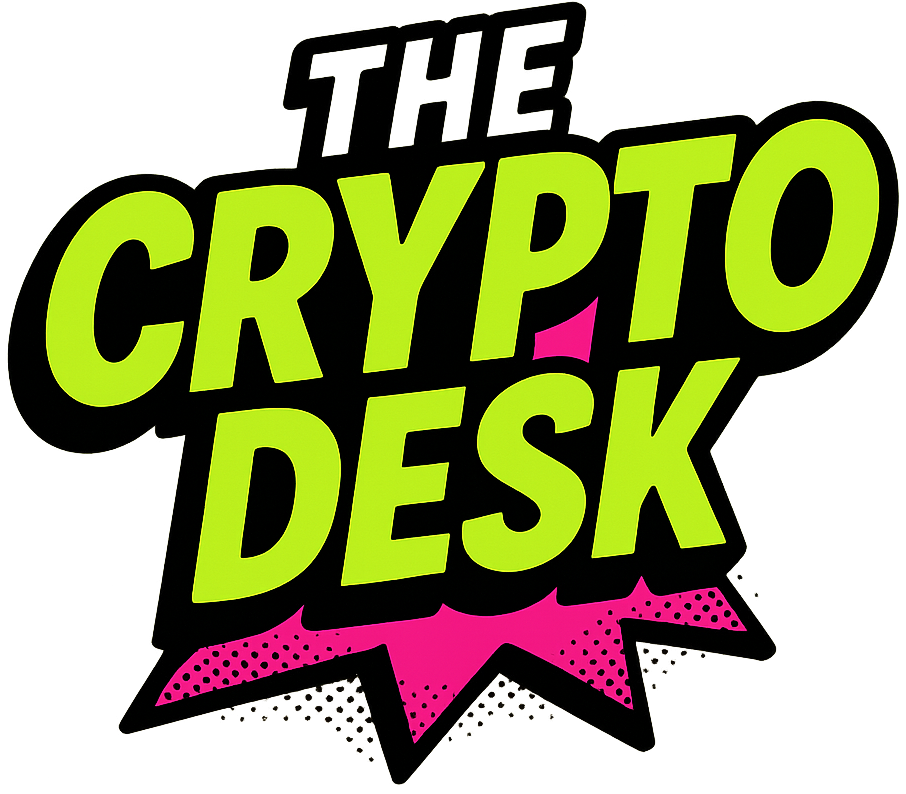The U.S. Takes Major Strides in Stablecoin Regulation: A Closer Look at the STABLE Act
In a decisive move that could reshape the landscape of digital finance in the United States, the House Financial Services Committee has greenlit a pivotal stablecoin bill known as the Stablecoin Transparency and Accountability for a Better Ledger Economy Act, or STABLE Act. This critical legislation recently emerged from committee discussions, garnering a strong majority with 32 votes in favor and 17 against. But why should you care? This bill is not just about compliance; it seeks to establish a framework that could elevate America’s standing in the rapidly evolving world of cryptocurrencies.
📌 Why This Matters: The Significance of the STABLE Act
The STABLE Act represents a significant step towards mainstreaming cryptocurrency usage by providing a regulatory backbone for dollar-pegged stablecoins. By defining clear standards around reserve backing, anti-money laundering measures, and issuance protocols, the Act aims to enhance consumer confidence while bolstering the United States’ competitive edge in the global financial technology space. With the rise of digital assets, establishing such regulations is more crucial than ever. They not only protect consumers but also pave the way for innovation.
🔥 Expert Opinions: Insights from Industry Leaders
Amidst the discussions, industry experts have chimed in with their perspectives. Dante Disparte, the Chief Strategy Officer at Circle, which issues the USDC stablecoin, expressed his support for the STABLE Act, stating that this legislation is vital for fortifying the U.S.’s position in the global digital economy. Drawing a parallel, he stated, “Regulatory clarity is the glue that holds the future of financial technologies together.” Disparte’s endorsement underscores a growing sentiment within the industry that clear regulations will foster innovation rather than stifle it.
On the opposing side, Rep. Maxine Waters vehemently criticized the bill, asserting that it potentially benefits political figures with vested interests in the crypto market. Such tensions illustrate the complex interplay between policy and politics, emphasizing the need for careful consideration as we navigate the digital finance revolution.
Stablecoins Under the Microscope: Key Provisions of the STABLE Act
The STABLE Act lays out stringent requirements aiming to anchor stability in an otherwise turbulent digital asset environment. Notable provisions include:
- One-to-One Reserve Backing: Each stablecoin issued must be fully backed by reserve assets to ensure value stability.
- Capital Requirements: Issuers must maintain adequate capital, designed to safeguard against volatility.
- Anti-Money Laundering (AML) Safeguards: New measures aim to align stablecoin operations with existing financial regulations to prevent illicit activities.
Rep. French Hill (R-Ark.), one of the Act’s architects, emphasized during a recent hearing, “Regulators must evolve alongside these innovations,” reinforcing that adaptation is necessary for maintaining the United States’ position as a leader in financial technology.
🚀 Future Outlook: What Lies Ahead for Stablecoin Regulation?
The journey of stablecoin legislation is far from over. With significant differences in regulatory approaches emerging between the House’s STABLE Act and the Senate’s GENIUS Act, the regulatory landscape may become complex. While the STABLE Act proposes a two-year grace period for foreign issuers, the GENIUS Act adopts a stricter stance, allowing only existing tokens to circulate. This divergence prompts a crucial question: How will these differences influence the market entry strategies of foreign cryptocurrencies and their impact on U.S. financial stability?
As the House Financial Services Committee prepares to address a broader market structure bill, parallels between the two initiatives are becoming evident. Rep. Steil cleverly compared the two bills to “peanut butter and jelly,” suggesting that only together can they complete the regulatory sandwich needed for the evolving financial ecosystem.
Furthermore, insights from Federal Reserve Chair Jerome Powell have indicated that regulatory frameworks for stablecoins are on the central bank’s agenda. With consumer safety at the forefront, such endorsements from high-ranking officials bolster confidence in the upcoming regulatory environment.
Conclusion: The Conversation Continues
The passage of the STABLE Act from the House Financial Services Committee signifies a pivotal moment for digital finance in the U.S. As we venture further into 2025, the dialogues surrounding cryptocurrency regulations are expected to intensify. What remains clear is that stakeholders from all sides must engage actively in the discussion. The implications of these regulations extend beyond market mechanics; they touch on the very essence of trust in digital assets.
What are your thoughts on the STABLE Act? How do you see regulations shaping the future of cryptocurrency? Let’s spark a conversation about the evolving digital finance landscape!

